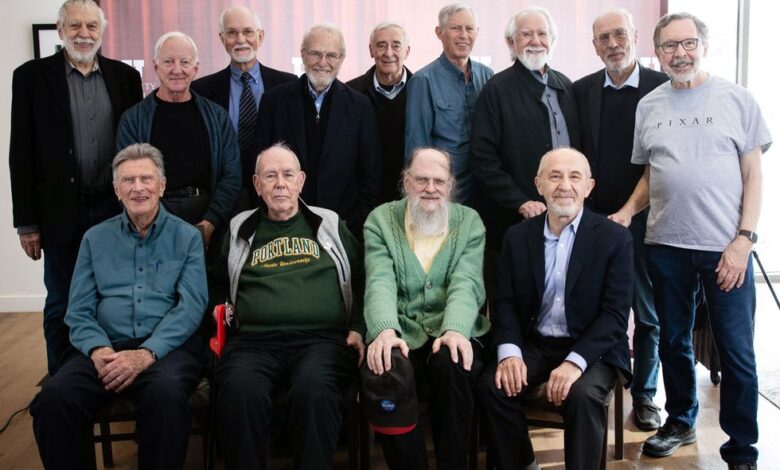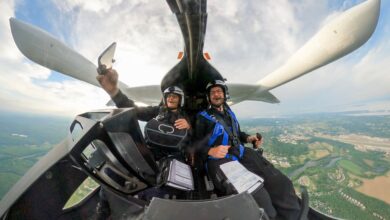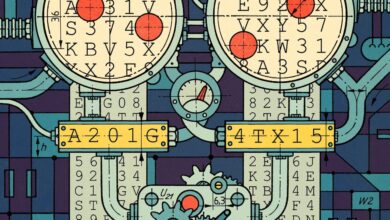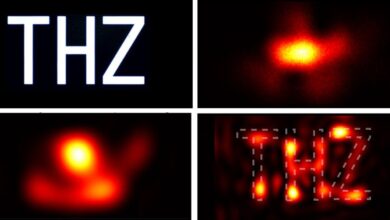How the Computer Graphics Industry Got Started at the University of Utah

Animation has come a long way since 1900, when J. Stuart Blackton created The Enchanted Drawing, the earliest known animated film. The 90-second movie was created using stop-motion techniques, as flat characters, props, and backgrounds were drawn on an easel or made from paper.
Most modern animators rely on computer graphics and visualization techniques to create popular movies and TV shows like Finding Dory, Toy Story, and Paw Patrol. In the 1960s and ’70s, computer science pioneers David Evans and IEEE Life Member Ivan E. Sutherland led the development of many of the technologies animators now use. Their groundbreaking research, conducted at the University of Utah, in Salt Lake City, and at their company, Evans and Sutherland, helped jump-start the computer graphics industry.
A ceremony was held at the university on 24 March to recognize the computer graphics and visualization techniques with an IEEE Milestone. The IEEE Utah Section sponsored the nomination.
Founding the first influential computer graphics company
Computer graphics began in the 1950s with interactive games and visualization tools designed by the U.S. military to develop technologies for aviation, radar, and rocketry.
Evans and Sutherland, then computer science professors at the University of Utah, wanted to expand on the use of such tools by finding a way for computers to simulate objects and environments. In 1968 they founded Evans and Sutherland, locating the E&S headquarters in the university’s research park.
Many of today’s computer graphics luminaries—including Pixar cofounder Edwin Catmull, Adobe cofounder John Warnock, and Netscape founder Jim Clark, who also founded Silicon Graphics—got their start in the industry as E&S employees or as doctoral students working on research at the company’s facilities.
IEEE Milestone Dedication: Utah Computer Graphics
youtu.be
While at E&S, the employees and students made fundamental contributions to computer graphics processes, says IEEE Fellow Christopher Johnson, a University of Utah computer science professor.
“David Evans, Ivan Sutherland, and their students and colleagues helped change the world,” Johnson says.
“The period from 1968 through 1978 was an extraordinary time for computer graphics,” adds Brian Berg, IEEE Region 6 history chair. “There was a rare confluence of faculty, students, staff, facilities, and resources to support research into computer vision algorithms and hardware that produced remarkable developments in computer graphics and visualization techniques. This research was responsible for the birth of much of continuous-tone computer graphics as we know it today.” Continuous-tone computer graphics have a virtually unlimited range of color and shades of gray.
Paving the way for the computer graphics industry
Evans began his career in 1955 at Bendix—an aviation electronics company in Avon, Ohio—as manager of a project that aimed to develop an early personal computer. He left to join the University of California, Berkeley, as chair of its computer science department. He also headed Berkeley’s research for the Pentagon’s Advanced Research Project Agency (now known as the Defense Advanced Research Projects Agency).
In 1963 Evans became a principal investigator for ARPA’s Project Genie. He helped develop hardware techniques that enabled commercial use of time-shared computer systems.
In 1965 the University of Utah hired him to establish its computer science department after receiving an ARPA grant of US $5 million to investigate how the emerging field of computer graphics could play a role in the country’s technological competitiveness, according to Computer Graphics and Computer Animation.
In 1968 Evans asked Sutherland, a former colleague at Berkeley who was then an associate professor of electrical engineering at Harvard, to join him at the University of Utah, luring him with the promise of starting a company together. Sutherland was already famous in computer graphics circles, having created Sketchpad, the first computer-aided design program, for his Ph.D. thesis in 1963 at MIT.
The two founded E&S almost as soon as Sutherland arrived, and they began working on computer-based simulation systems.
The duo in 1969 developed the line-drawing system displays LDS-1 and LDS-2, the first graphics devices with a processing unit. They then built the E&S Picture System—the next generation of LDS displays.
Those workstations, as they were called, came to be used by most computer-generated-imagery production companies through the 1980s.
E&S also developed computer-based simulation systems for military and commercial training, including the CT5 and CT6 flight simulators.
A collection of computer graphics pioneers to-be
In addition to hiring employees, E&S welcomed computer science doctoral students from the university to work on their research projects at the company.
“Almost every influential person in the modern computer-graphics community either passed through the University of Utah or came into contact with it in some way,” Robert Rivlin wrote in his book, The Algorithmic Image: Graphic Visions of the Computer Age.
One of the doctoral students was Henri Gouraud, who in 1971 developed an algorithm to simulate the differing effects of light and color across the surface of an object. The Gouraud shading method is still used by creators of video games and cartoons.
In 1974 Edwin Catmull, then also a doctoral student at the university, developed the principle of texture mapping, a method for adding complexity to a computer-generated surface. Catmull went on to help found Pixar in 1986 with computer scientist Alvy Ray Smith, an IEEE member. For his work in the industry, Catmull received the 2006 IEEE John von Neumann Medal.
Doctoral student Bui Tuong Phong in 1973 devised Phong shading, a modeling method that reflects light so computer-generated graphics can look shiny and plasticlike.
“As a group, the University of Utah contributed more to the field of knowledge in computer graphics than any of its contemporaries,” Berg wrote in the Milestone proposal. “That fact is made most apparent both in the widespread use of the techniques developed and in the body of awards the innovations garnered.” The awards include several scientific and technical Oscars, an Emmy, and many IEEE medals.
Administered by the IEEE History Center and supported by donors, the Milestone program recognizes outstanding technical developments around the world.
The Milestone plaque displayed on a granite obelisk outside of the University of Utah’s Merrill engineering building reads:
In 1965 the University of Utah established a Center of Excellence for computer graphics research with Advanced Research Projects Agency (ARPA) funding. In 1968 two professors founded the pioneering graphics hardware company Evans & Sutherland; by 1978, fundamental rendering and visualization techniques disclosed in doctoral dissertations included the Warnock algorithm, Gouraud shading, the Catmull-Rom spline, and the Blinn-Phong reflection model. Alumni-founded companies include Atari, Silicon Graphics, Adobe, Pixar, and Netscape.
IEEE Spectrum




